
What’s a Carex, you ask? Otherwise known as Sedge, Carex is a genus of over 1,500 perennial species. Carex have grass-like stems that come to a point, and grow short spikes of flowers. While most Carex species come from bogs or damp wooded areas, it’s likely you’ll find the right type for your own garden wherever you live. Here is just a sample of what you have to choose from.
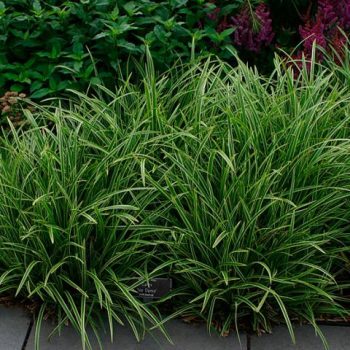
Berkeley
Berkeley Sedge, or Carex Divulsa, is one of the more adaptable types. It looks the same in shade or sun, so if you have a spot that varies throughout the day, it’s a good choice. If lawn grasses don’t do well or the area is under stress, Berkely will usually do just fine.
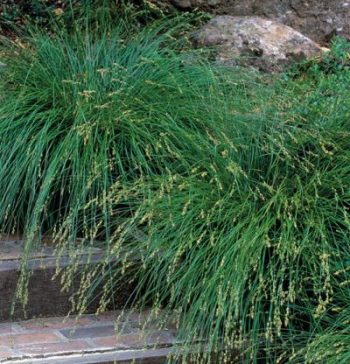
Variegated
Variegated Sedge is also called Carex Morrowii or “ice dance.” It is dense and spreading, and looks good all year round. The white edges of the leaves make it striking even after the small flowers have died off. It does best in most, partly shady locations.

Palm Sedge
Oheme Palm Sedge is scientifically known as Carex Muskingumensis (say that 5 times fast!). Its lighter green foliage is trimmed in yellow and is reminiscent of palm leaves. Birds and butterflies love it, but deer usually stay away. It likes moist conditions.
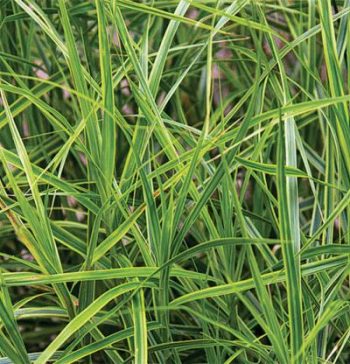
Seersucker
Seersucker Sedge also goes by Carex Plantaginea. It has deep green, shiny leaves that are slightly puckered (hence the nickname). The basal foliage will overwinter, making it mostly evergreen.
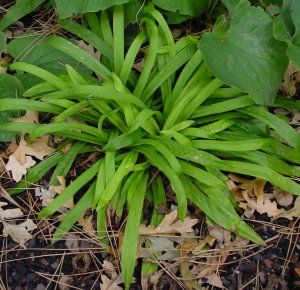
Broadleaf
Also referred to as Carex Siderosticha, Broadleaf Sedge comes out with a crimson color in spring, turning to chartreuse with white variegation for the rest of the warmer season. It prefers partial sun or full shade.
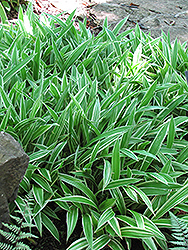
Leatherleaf
Carex Buchananii, or Leatherleaf Sedge, gets its name from its orange-brown leaves. If you’re looking to add interest to an otherwise green space, it’s just the ticket. It’s best grown in fertile, moist soil in sun or partial shade, and should be overwintered in a cold frame.
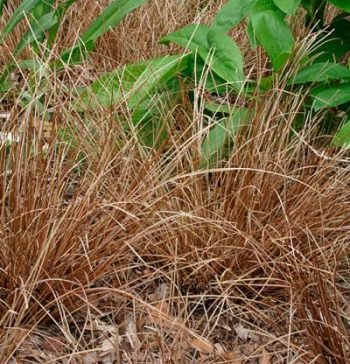
Bowles’ Garden
This is also called Carex Elata, and features bright yellow leaves in the springtime. This color actually extends throughout the year, but you’ll get the best color in full sunshine. It’s a semi-evergreen and does best in moist soil.
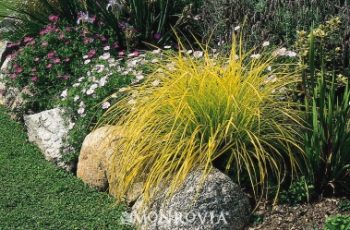
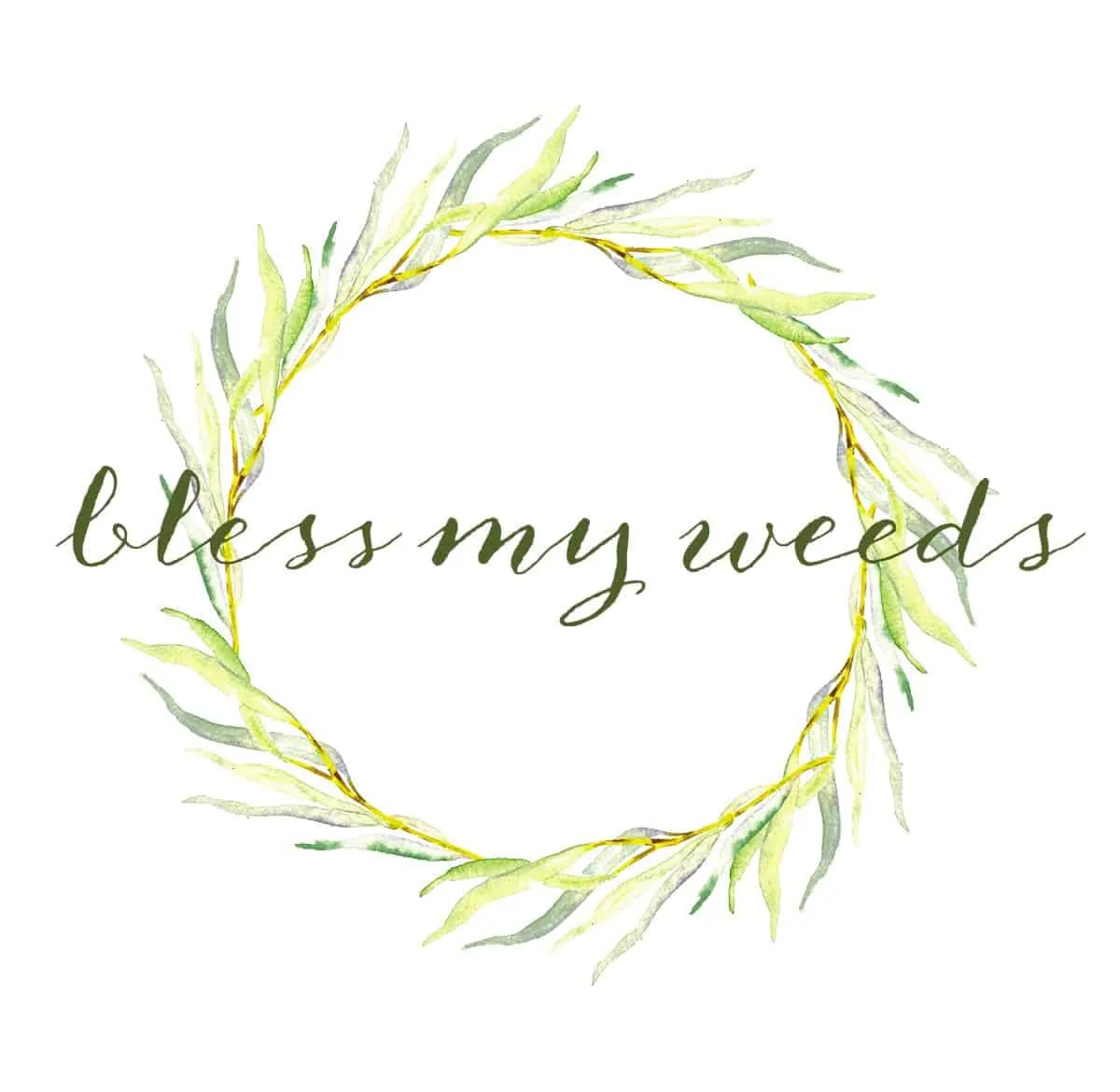
Leave a Reply